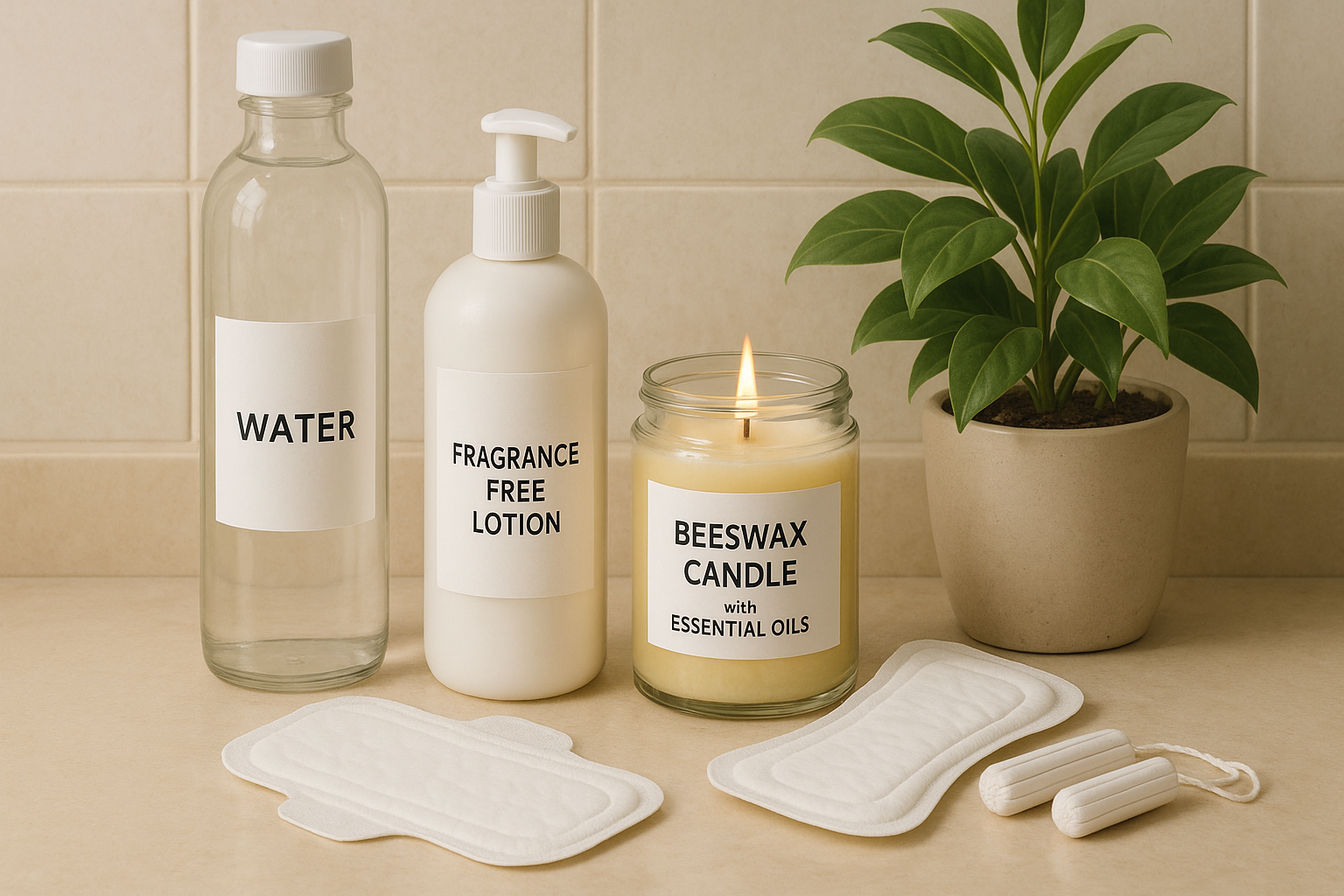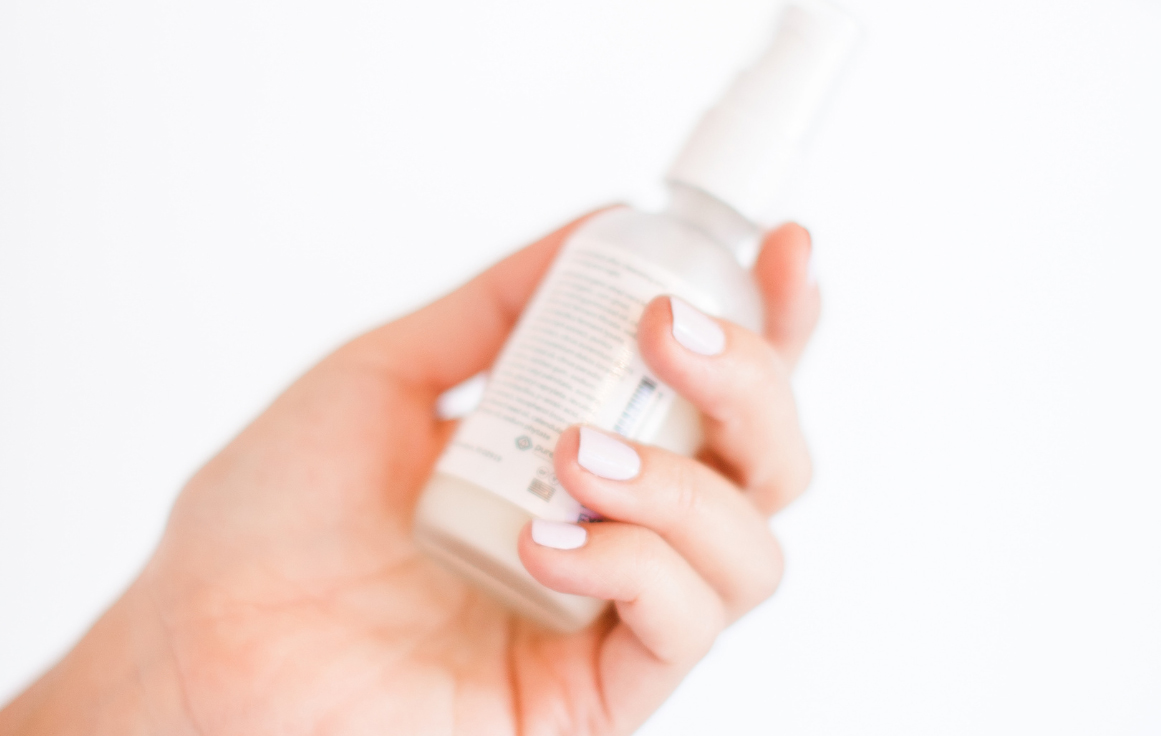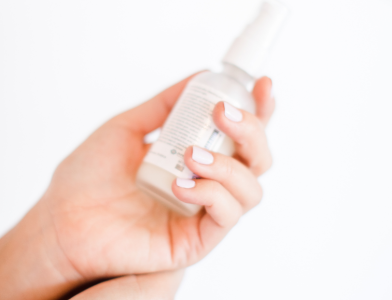Are you feeling not quite yourself lately – maybe a bit more tired, forgetful, or moody? It’s easy to blame stress, busy schedules, or aging. But what if your body is quietly telling you something more? Subtle symptoms can signal hormonal shifts – especially declining estrogen. Even more surprisingly, some of your favorite self-care products could be making it worse. As a PhD toxicologist, I’m here to empower you with science-based tips to lower your toxin exposure, support your hormones, and start feeling like yourself again.
Understanding Low Estrogen: The Silent Signals
Estrogen isn’t just a reproductive hormone – it influences your mood, sleep, cognition, and even how your body responds to temperature changes. Many women notice changes in their 30s and 40s as estrogen levels naturally fluctuate. Common early warning signs include:
- Mood swings and anxiety
- Trouble sleeping or hot flashes
- Irregular periods
- Brain fog and forgetfulness
Everyday Products That May Hijack Your Hormones
What might be making symptoms worse? Hidden in plain sight are everyday products containing undisclosed chemicals and fragrances. These aren’t just irritants – they can actively disrupt your hormonal balance by mimicking or blocking estrogen in your body.
- Fragrances and Phthalates: Used in candles, lotions, perfumes, laundry detergents, and even some “”clean”” products, phthalates can interfere with hormone signaling. Alarming studies show 100% of tested designer perfumes contain phthalates – even those produced where they’re supposed to be banned.
- Scented Candles, Air Fresheners, and Plugins: These release volatile organic compounds (VOCs) like benzene and formaldehyde, known to disrupt hormones and reduce sleep quality – not just when burning, but passively off-gassing all day.
- Scented Feminine Care Products: Pads and tampons often contain fragrances, phthalates, parabens, and bleach byproducts. The vaginal and vulvar tissues are highly absorbent, and chemicals applied here can bypass some of your body’s natural detox processes.
- Plastic Water Bottles: Often laced with microplastics and chemicals like BPA and phthalates, they’re linked to changes in brain chemistry, increased inflammation, and greater hormonal disruption – manifesting as brain fog and fatigue.
How To Reduce Toxin Exposure: Four Easy Fixes
You don’t need a complete lifestyle overhaul to make a difference. Small, strategic swaps can significantly reduce your daily toxic load and help support your hormonal health. Start with these science-backed changes:
- Choose fragrance-free products: Look for labels marked “”fragrance-free”” (not just “”unscented””) and check for third-party verifications like Made Safe or EWG Verified.
- Upgrade your air quality: Swap synthetic candles for pure beeswax or coconut wax candles scented only with essential oils; ditch plugins and use baking soda, indoor plants, or open your windows for fresher indoor air.
- Pick non-toxic menstrual products: Choose 100% organic cotton pads and tampons (no fragrance, dyes, or bleach) or try a reusable medical-grade silicone menstrual cup. Look for brands that publicly test for toxins and are transparent about their ingredients.
- Rethink your drinking water: Switch to stainless steel or glass water bottles and use a filter that removes microplastics, BPA, and other endocrine disruptors from your tap water.
Quick Recap: Your Clean Hormone-Supporting Checklist
- Filter your water to reduce microplastics and chemical exposure.
- Ditch synthetic fragrances in everything from body care to cleaning products.
- Say goodbye to plastics in your kitchen: opt for stainless steel, glass, and silicone.
- Choose low-tox, transparently labeled products especially for those you use daily.
Hormone-Friendly Swaps
No matter where you are on your hormone journey, you don’t have to lose yourself to subtle shifts. Evidence-based, low-tox living can help you regain balance and confidence. You’re not alone – empower yourself with these small steps for a healthier, happier you.
References
- Joffe H, Cohen LS. Estrogen, serotonin, and mood disturbance: where is the therapeutic bridge? Biol Psychiatry. 1998 Nov 1;44(9):798-811. doi: 10.1016/s0006-3223(98)00169-3. PMID: 9807636.
- Wharton W, Gleason CE, Olson SR, Carlsson CM, Asthana S. Neurobiological Underpinnings of the Estrogen – Mood Relationship. Curr Psychiatry Rev. 2012 Aug 1;8(3):247-256. doi: 10.2174/157340012800792957. PMID: 23990808; PMCID: PMC3753111.
- Al-Saleh I, Elkhatib R. Screening of phthalate esters in 47 branded perfumes. Environ Sci Pollut Res Int. 2016 Jan;23(1):455-68. doi: 10.1007/s11356-015-5267-z. Epub 2015 Aug 28. PMID: 26310707.
- Rádis-Baptista G. Do Synthetic Fragrances in Personal Care and Household Products Impact Indoor Air Quality and Pose Health Risks? J Xenobiot. 2023 Mar 1;13(1):121-131. doi: 10.3390/jox13010010. PMID: 36976159; PMCID: PMC10051690.
- Zhang Z, DiVittorio JR, Joseph AM, Correa SM. The Effects of Estrogens on Neural Circuits That Control Temperature. Endocrinology. 2021 Aug 1;162(8):bqab087. doi: 10.1210/endocr/bqab087. PMID: 33939822; PMCID: PMC8237993.
- Darbre PD. Overview of air pollution and endocrine disorders. Int J Gen Med. 2018 May 23;11:191-207. doi: 10.2147/IJGM.S102230. PMID: 29872334; PMCID: PMC5973437.
- Nazir Z, Habib A, Ali T, Ghouri H, Haque MA. The unknown risks of scented candles! what science has to say: an editorial. Ann Med Surg (Lond). 2023 Nov 17;86(1):16-17. doi: 10.1097/MS9.0000000000001524. PMID: 38222738; PMCID: PMC10783381.
- Sun J, Gui C, Xiao Y, Ma R, Liu C, He L, Zhao H, Luo B. Association between Exposure to Volatile Organic Compounds and the Prevalence of Sleep Problems in US Adults. Toxics. 2024 Mar 18;12(3):222. doi: 10.3390/toxics12030222. PMID: 38535955; PMCID: PMC10976002.
- Marroquin J, Kiomourtzoglou MA, Scranton A, Pollack AZ. Chemicals in menstrual products: A systematic review. BJOG. 2024 Apr;131(5):655-664. doi: 10.1111/1471-0528.17668. Epub 2023 Sep 24. PMID: 37743685.
- Wolstenholme JT, Rissman EF, Connelly JJ. The role of Bisphenol A in shaping the brain, epigenome and behavior. Horm Behav. 2011 Mar;59(3):296-305. doi: 10.1016/j.yhbeh.2010.10.001. Epub 2010 Oct 26. PMID: 21029734; PMCID: PMC3725332.



